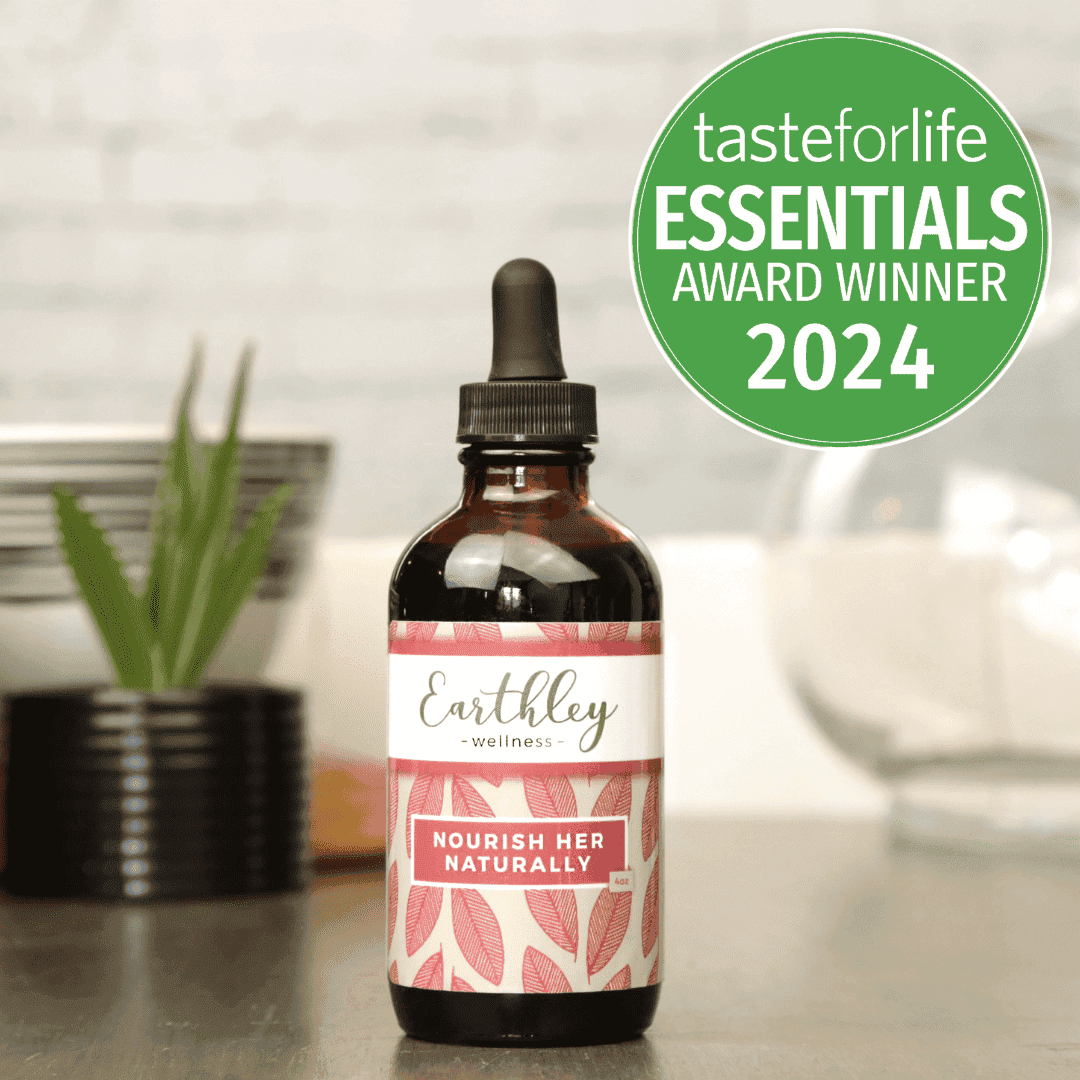Understanding the 4 Phases of Your Cycle (and How to Eat for Them)

If you grew up knowing little more than “periods happen once a month – and we don’t talk about them,” you are not alone. For generations, most health classes focused on the male body, leaving us with only fragments of information about our own.
Yet long before modern medicine narrowed its lens, women understood their rhythms and supported them with food, herbs, and rest. It’s time to reclaim that wisdom – and it starts with learning the natural ebb and flow of our hormones.
The Basics of Male and Female Hormone Cycles
Males and females do both have cycles, but they are not the same at all. Male hormones fluctuate on a 24-hour cycle, meaning their hormones reset daily (testosterone wanes throughout the day, generally lowest at night). Their energy, metabolism, and mood are relatively stable, predictable, and consistent because of this.
Female hormones, on the other hand, undergo a roughly 28 - 33 day cycle, with four distinct phases – each affecting their energy, mood, metabolism, cognitive function, and overall well-being in completely different ways.

Menstruation – Your Cycle’s Winter Rest
Days: 1 - 5
What’s happening: The uterine lining sheds. Iron and fluid loss can leave you tired or crampy.
When we hear “menstrual cycle,” most of us immediately think of our period – but that’s actually just one part of the cycle. Menstruation occurs when our hormones reach their lowest point, signaling the uterus to shed its lining, also known as your period. During this time, you’re losing iron and releasing prostaglandins, which can trigger cramping and fatigue.
Nourish with iron‑rich and anti‑inflammatory foods:
- Proteins: grass-fed red meat, liver, duck, pork, sardines, lentils, kidney beans
- Vegetables: spinach, chard, kale, beets, mushrooms, root veggies
- Fruits: blueberries, blackberries, cherries, papaya, watermelon
- Grains: wild rice, buckwheat
- Nuts and seeds: pumpkin seeds, flax seeds, brazil nuts
- Herbs: turmeric, nettle, raspberry leaf, cramp bark, peppermint
Hydrate & soothe: Aim for ~80 oz water. Swap coffee for herbal teas to avoid extra cramping.
Move gently: Walks, restorative yoga, or simply extra sleep – listen to your body’s call for coziness.
Supplement that will help support discomfort during menstruation: Ease the Ache.
Follicular – Spring Awakening
Days: 6 - 14
What’s happening: Estrogen climbs, an egg matures, creativity sparks.
The follicular phase is the time when our hormones begin to rise again, helping the uterus prepare the egg that will be released in the next phase. As estrogen and testosterone levels steadily increase, we naturally feel more energetic, mentally clear, strong, and lively. Follicular is like spring -- a season of renewal, fresh energy, and new beginnings.
Nourish with energizing, gut‑friendly foods:
- Protein: Poultry, white fish, eggs, dairy products.
- Vegetables: lettuce, peas, green beans, carrots, sprouts, artichokes, broccoli, parsley, cilantro
- Fruit: Lemons, oranges, limes, pineapple, kiwi, strawberries
- Grains: quinoa, oats, rye, sourdough
- Fermented foods: sauerkraut, kombucha, miso
- Nuts and Seeds: almonds, hemp seeds, pumpkin seeds, flax seeds, Brazil nuts
- Herbs: dandelion root, red clover, schisandra berries, nettle, burdock root
Hydration: About 2 quarts daily; citrus‑infused water pairs well with a morning coffee.
Move with gusto: Cardio, strength training, and new workouts feel great now.
A supplement to support your hormones during your follicular phase: Natural Balance
Ovulation – Summer Peak
Days: 15 - 17
What’s happening: Hormones surge; the egg is released. You may feel outgoing and strong.
Ovulation is the shortest phase. It is a time when testosterone and estrogen are at their highest, signaling to your body to release an egg into your fallopian tubes for fertilization. Ovulation is like summer – full of energy and connection. It's a time when we feel the most alive, outgoing, social, and magnetic.
Nourishing foods to help beat bloat & support detox:
- Protein: grass-fed red meat, dark poultry meat, lamb, salmon, shellfish, eggs.
- Vegetables: broccoli, dark leafy greens, tomatoes, bell peppers, potatoes, zucchini, eggplant, asparagus, microgreens, beets
- Fruits: blueberries, all berries, ginger, grapefruit
- Grains: Quinoa, amaranth, brown rice
- Nuts and seeds: macadamia nuts, pistachios, sesame seeds, sunflower seeds (learn more about Seed Cycling)
- Herbs: nettle, ginger, red clover, chaste tree, raspberry leaf
Hydration: 2 quarts water; add a greens powder or ginger shot for extra fiber.
DIY drink recipe perfect for reducing bloating during ovulation: Ginger shots
Move high‑energy: Runs, spin classes, hot yoga—enjoy the power while it lasts.
Supplement to best support your hormones during ovulation: Lunamore
Luteal – Autumn Wind‑Down
Days: 18 - 28
What’s happening: If pregnancy doesn’t occur, hormones fall. PMS can appear as mood shifts, cravings, or tenderness.
When you think of mood swings, you’re likely thinking of your luteal phase. Luteal is the time when, if an egg hasn’t been fertilized, it disintegrates as your body prepares for a new menstrual cycle and your hormones begin to decline. During the first 2 or so days of this phase, you will experience stable energy, but that mood will slowly decline over the remaining 2 weeks. This is where PMS comes into play -- if pregnancy doesn’t happen, your hormones take a considerable drop.
When estrogen plummets, so does serotonin, which can make you feel sad or on edge. You might also experience brain fog, sore breasts, headaches, and more. Supporting your liver during this time is crucial, as it will help your body rid itself of excess estrogen and can likely decrease premenstrual symptoms.
Like nature in the Fall starts preparing for hibernation and shedding its leaves, we, too, begin to slow down and turn inward. Our energy starts to decline, our moods shift, and we naturally crave more comfort and nourishment.
Nourish with comforting, mineral‑rich foods:
Because progesterone levels are rising during this phase, you naturally become hungrier and experience increased cravings. Your body requires additional nutrients during this period as it prepares to lose a significant amount of blood during the next phase of your cycle. Focusing on foods that are high in magnesium, nutrient-dense, comforting, and rich in fiber, as well as packed with iron, will best support your body during your luteal phase.
- Protein: grass-fed red meat, turkey, salmon, halibut, tuna, black beans, chickpeas.
- Vegetables: cabbage, kale, chard, arugula, celery, squash, pumpkin, sweet potatoes, radishes
- Fruit: avocados, raspberries, figs, apples, pears, bananas, dates
- Grains: brown rice
- Nuts and seeds: sesame seeds, sunflower seeds, almonds, walnuts
- Herbs: peppermint, lemon balm, catnip, lavender, chamomile, ginger, burdock, dandelion
- Dark chocolate -- preferably cacao for maximum magnesium
Hydration: 2 quarts water; skip caffeine to ease cortisol spikes. Try calming teas instead.
DIY drink recipe to nourish your body during luteal: Bone Broth Hot Chocolate
Move intuitively: Early luteal = moderate intensity; late luteal = walking, gentle yoga, light weights.
A supplement to support your hormones during luteal: Liver Love
A Gentle Reminder
Your cycle isn’t a flaw to “fix” but a rhythm to live alongside. By honoring each phase – resting when energy dips, fueling when hunger rises, and moving in ways that feel good – you can turn monthly discomfort into deeper self‑connection. Let your body’s seasons guide your support, and you’ll discover a steadier mood, fewer PMS symptoms, and a newfound respect for the incredible system that is uniquely yours.
Check out these products!

For the relief of occasional cramps and bloating
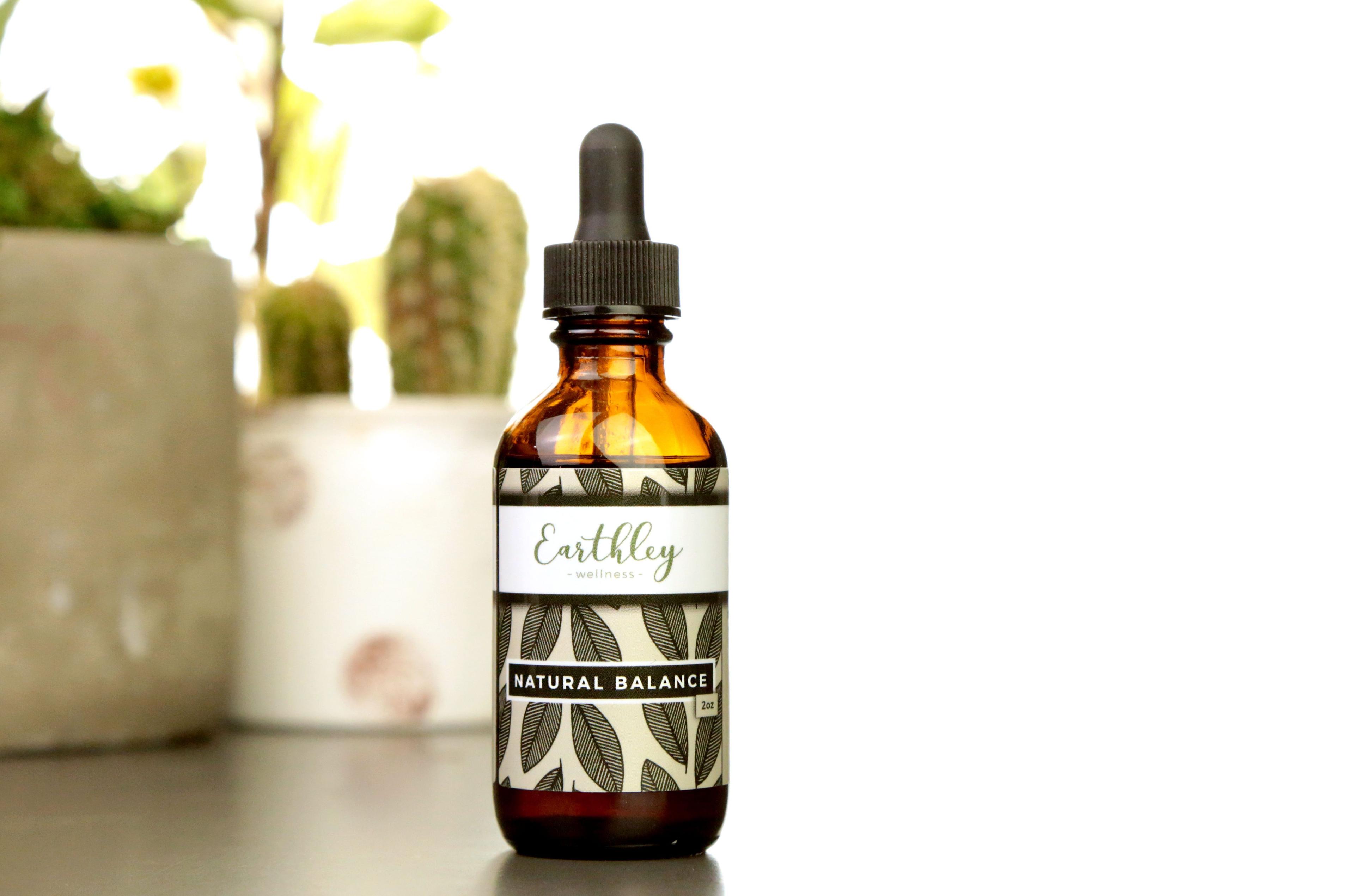
For hormone and energy support.
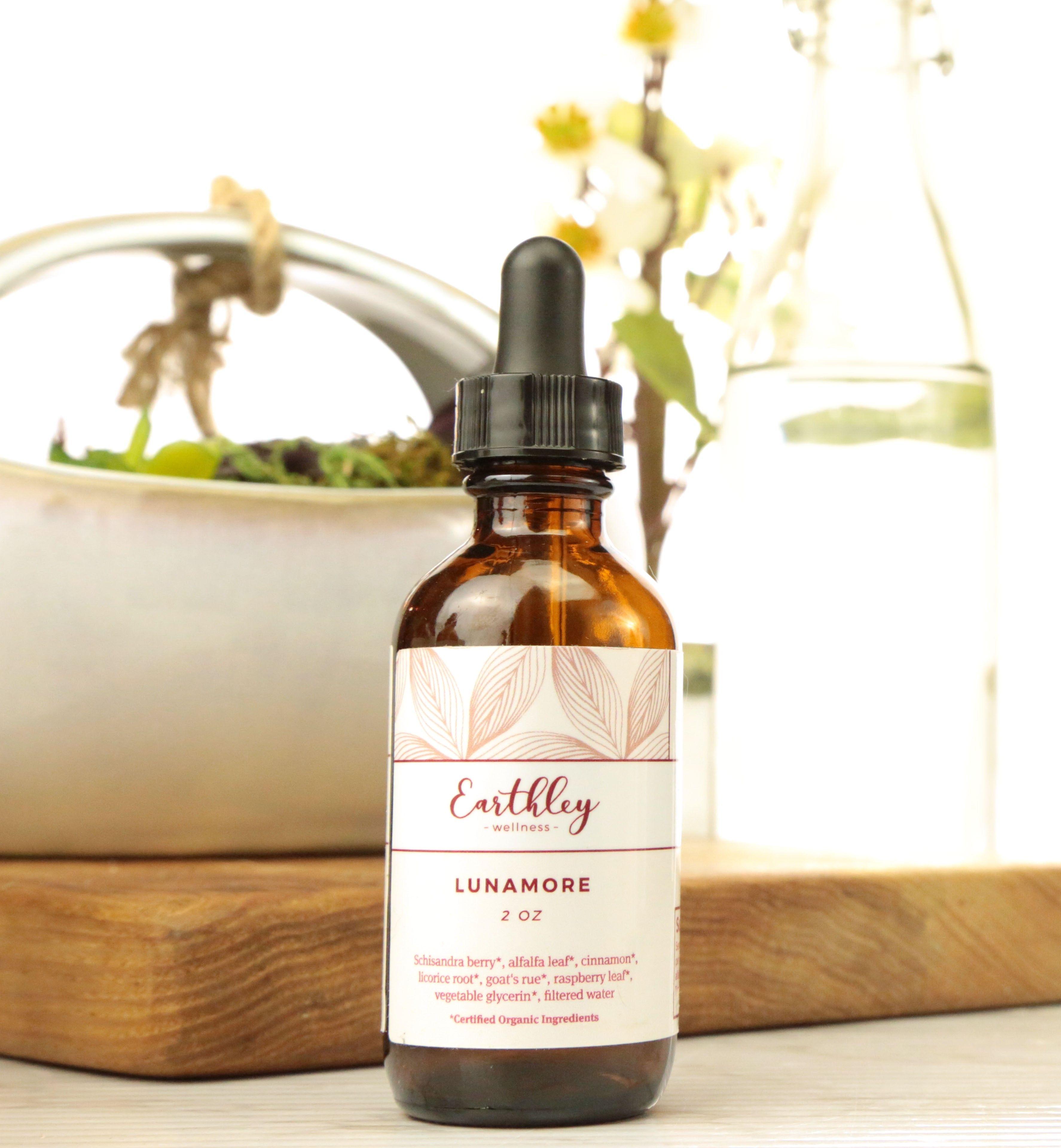
Balances your cycle and supports healthy metabolism
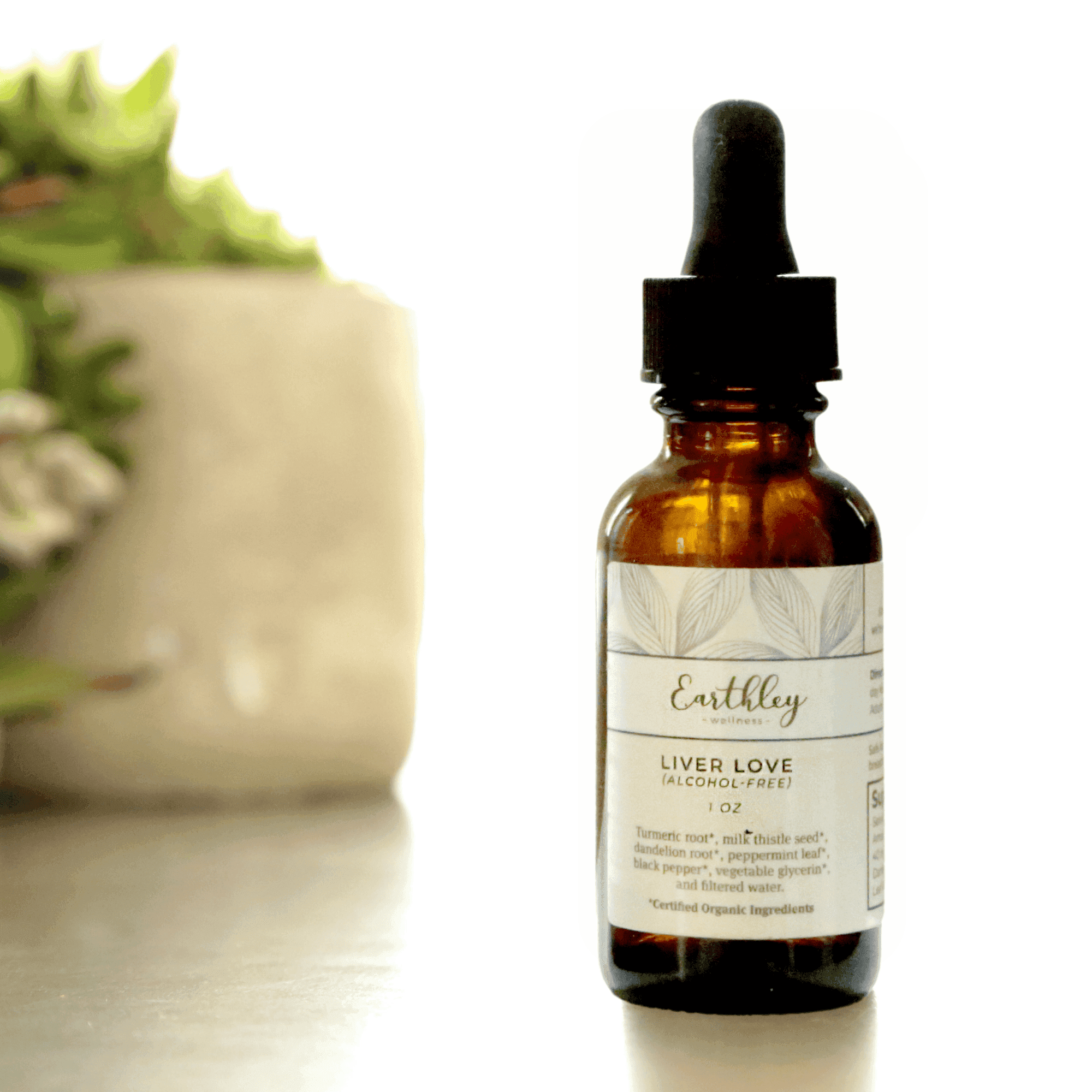
To support healthy liver function
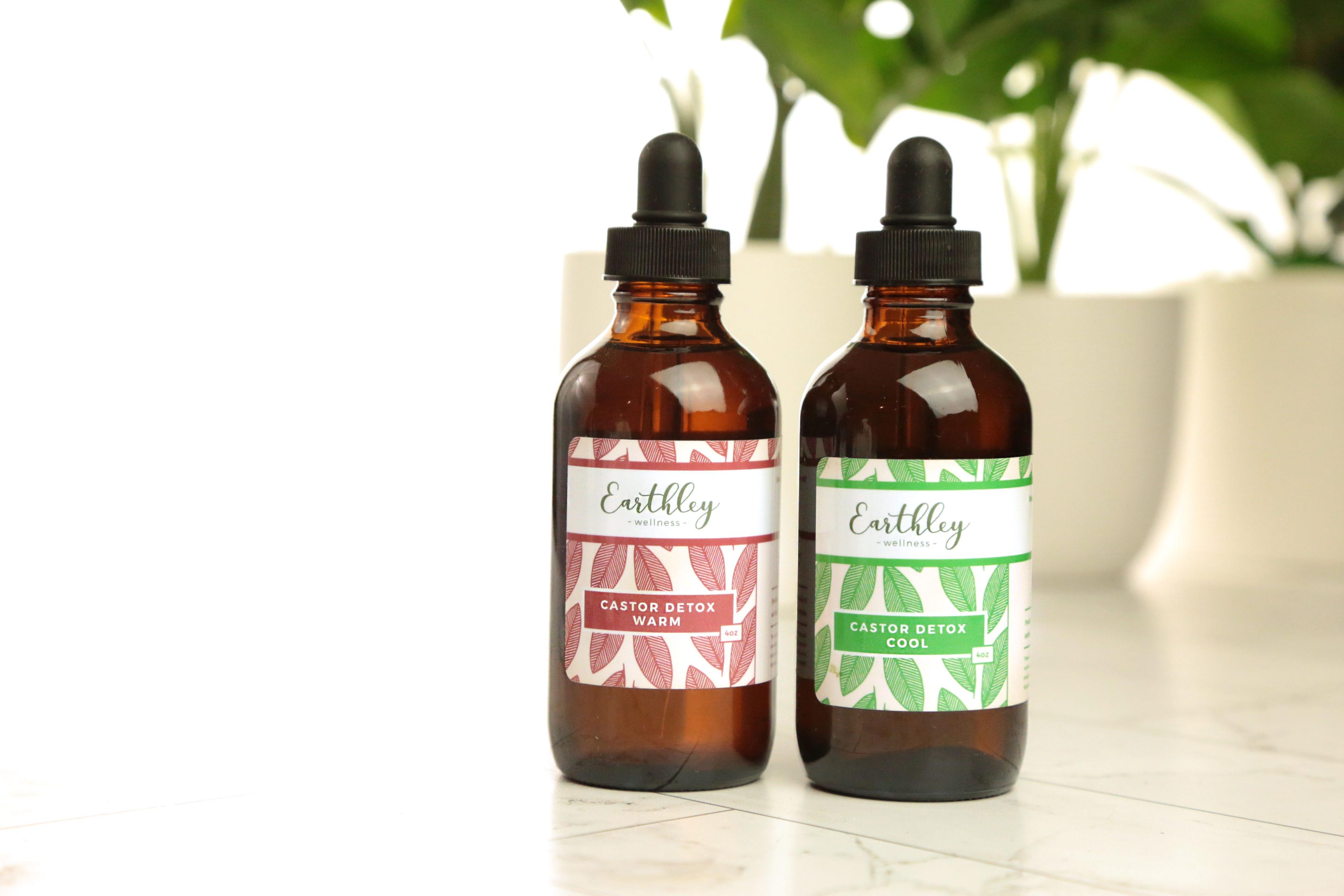
For lymphatic support

For gentle relaxation and ease
